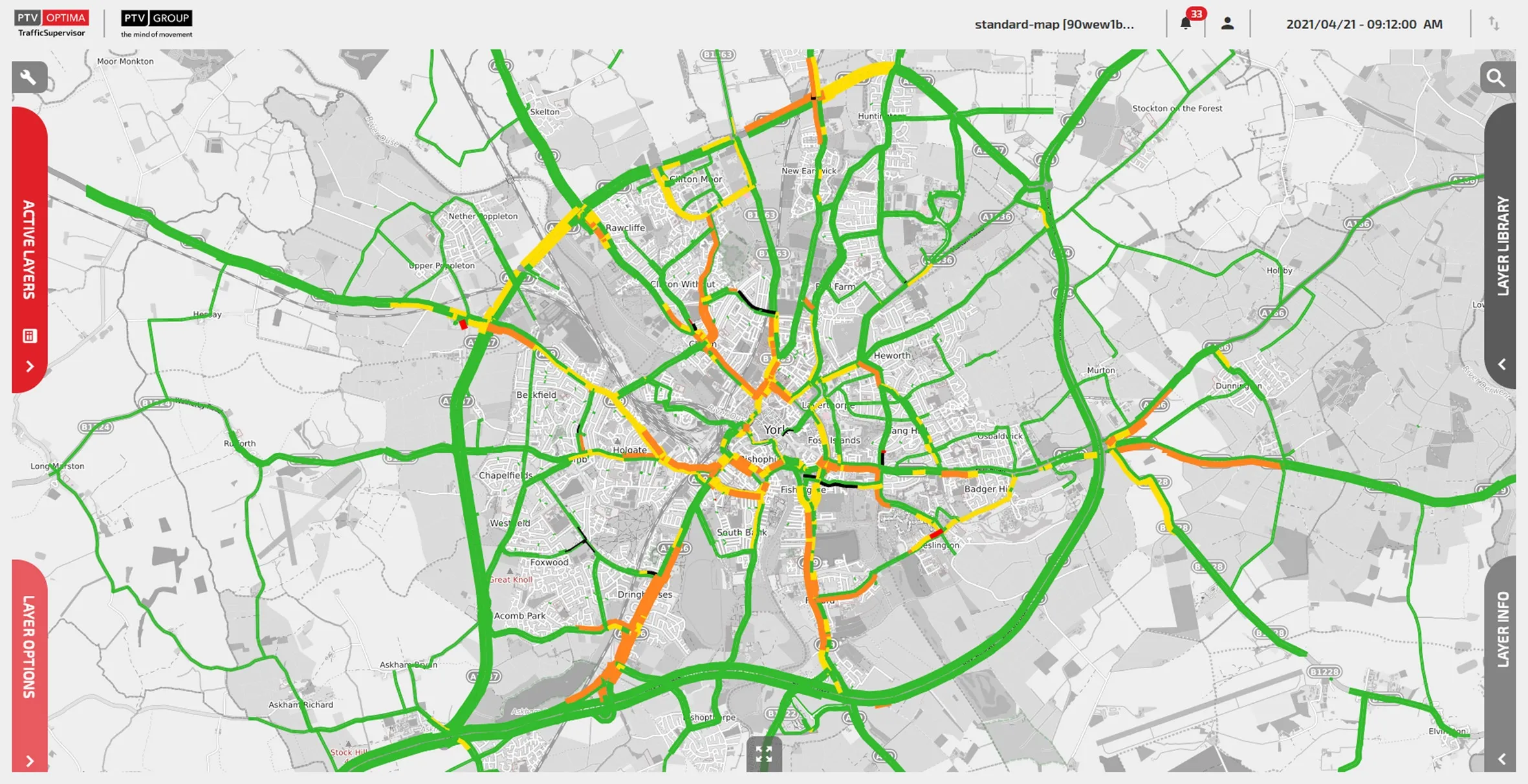Tomtom City, a traffic information and analytics package designed to help authorities monitor road conditions without the need for roadside infrastructure, is on display on Tomtom’s stand at this week’s ITS World Congress.
The company collects data from 450 million connected devices worldwide (6% of Australian vehicles or occupants have a connected device) to determine vehicle speeds, congestion levels and incidents on most roads – and not just those in urban areas.
Authorities using City can monitor traf
October 12, 2016
Read time: 2 mins

The company collects data from 450 million connected devices worldwide (6% of Australian vehicles or occupants have a connected device) to determine vehicle speeds, congestion levels and incidents on most roads – and not just those in urban areas.
Authorities using City can monitor traffic in near-real time without needing to invest in sensors and, using special APIs, can produce reports showing historic data on sections of roads by time of day back to 2007.
Through its City traffic portal the company already provides live traffic and travel information for 100 cities globally and can display the top 20 congestion hot spots for each by time of day, complete with the length of delay and a short-term prediction of future congestion.
It is already working with cities like Berlin and Riyadh to provide real-time traffic information and traffic light optimisation data.
Even greater cooperation will be shortly become available with the development of Road Events Reporter. This system allows authorities to directly enter event details, such as road closures and incidents, to Tomtom’s servers, information which is then immediately transmitted to motorists.









